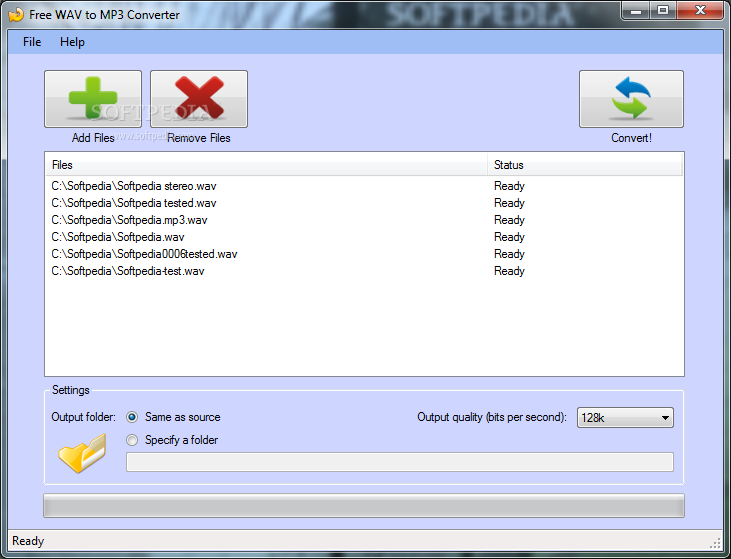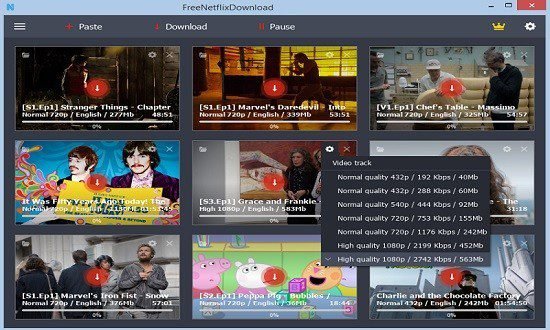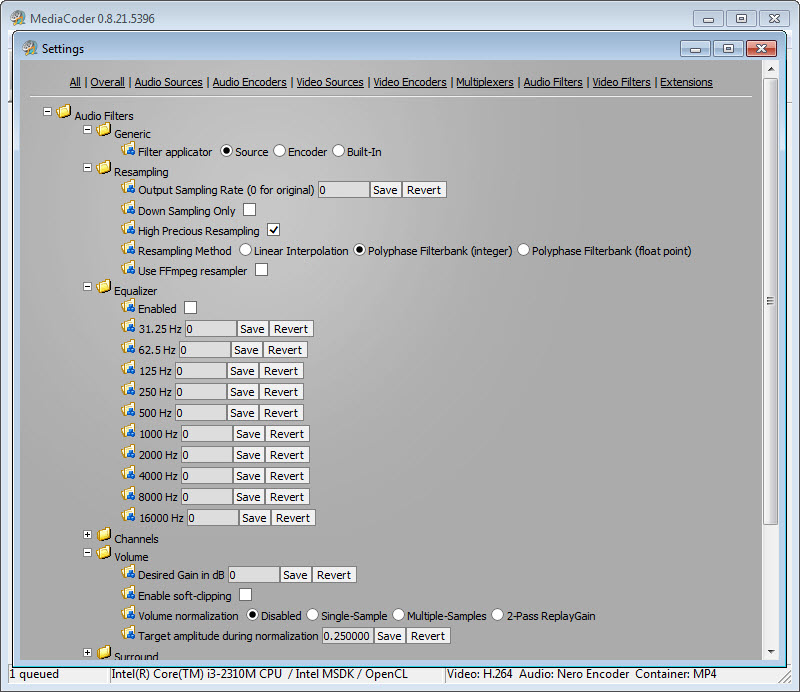

There are four methods for setting the video bitrate or quality: To be perfectly honest, I don't know what most of these settings do, so I'll only explain some of the basic settings. You can adjust some basic settings like Bitrate and framerate, or more advanced settings like B-Frames and Quantizers. The video tab allows you to edit several settings. If you want to remove the video or audio stream, you can select Video only or Audio only to the right. You can choose a different codec format for each audio track if you wish.


The GUI automatically hides settings which are incompatible or irrelevant to the current device, container, or codec.įor this example, I'm using Matroska Video (MKV) as the container format, MPEG-4 AVC/H.264 as the video codec and AAC as the audio codec. Not sure why, but if you want to encode video for XBOX 360 or Zune, Microsoft is the very last item in the list.įor this guide, I'm going to be using the 'Custom' setting so I can cover most of the features available. Note: Microsoft is at the end of the list. There are also several presets available for devices available from various manufacturers. The format tab allows you to choose the container type (AVI, MKV, MP4, etc.) and the video and audio codecs (H.264, XVID, AAC, MP3, etc).
#Mediacoder x64 output folder how to#
This guide simply aims to show you how to use the program, what settings and features are available to you, and where to find everything. This is not an in-depth guide to video encoding. It's pretty powerful and comparable to MediaCoder and SUPER, yet it's fairly easy to use once you learn how to use it. This guide will introduce you to a program called XMedia Recode, a great freeware video encoder.


 0 kommentar(er)
0 kommentar(er)
